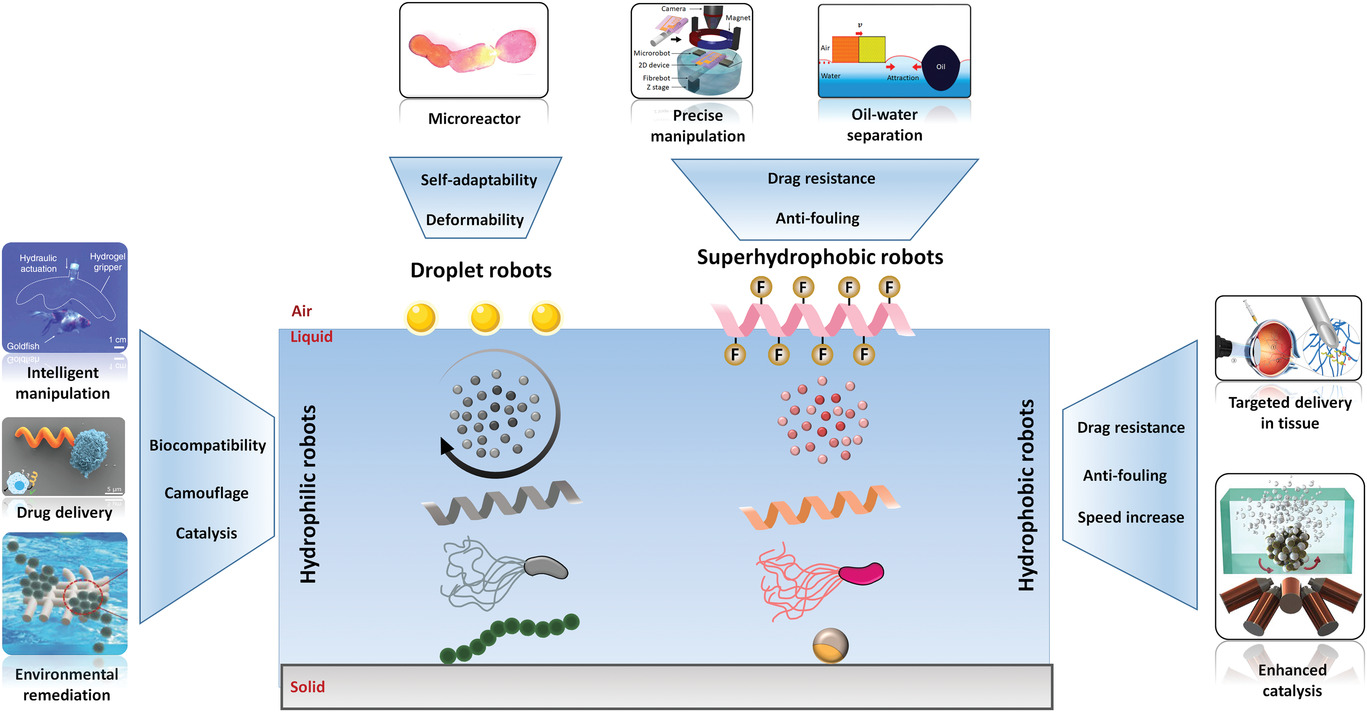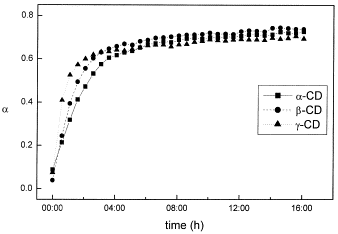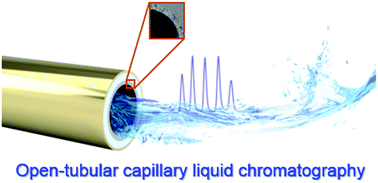paper archives
Stay hungry, stay foolish. You are as good as your last paper.
Carbon nanotubes can exhibit negative effects in electroanalysis due to presence of nanographite impurities
- Claire L. Scott, Martin Pumera*

Carbon nanotubes are widely used in electroanalysis. There is a significant interest in the determination of dopamine in the presence of its interference, ascorbic acid. It has been claimed that CNTs modified electrodes can solve this analytical problem as the oxidation of ascorbic acid at their surfaces occurs at a significantly lower potential than the oxidation of dopamine. Here we show that such a "low-potential" oxidation effect actually originates from nanographite impurities within the CNTs, not from the CNTs themselves. In addition, the oxidation of ascorbic acid on the surface of CNTs actually results in two oxidation waves where the second wave interferes with the signal of dopamine. Therefore, CNTs do not exhibit any advantage in this case and on the contrary, they can even obscure the relevant analytical information. (C) 2011 Elsevier B.V. All rights reserved.










